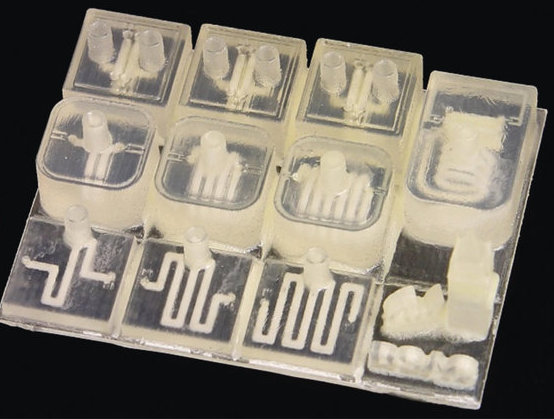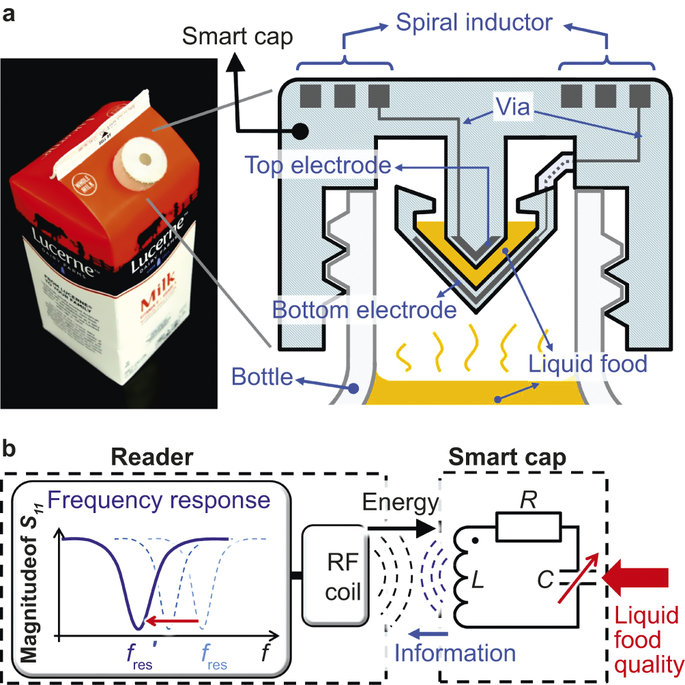
Researchers at UC Berkeley and National Chiao Tung University have developed a simple alternative method of 3D printing electrical traces within printed objects.
The more complex approaches we’ve seen from other companies involves sophisticated silver pastes, such as that from Voxel8, or perhaps the more simplistic dual print head, with one loaded with conductive filament. The problem with the filament approach is that the electrical conductivity in a hybrid filament is poor. The problem with Voxel8’s approach is that it’s expensive.
Now the researchers have created a simple alternative using a dual-head 3D printer. One extruder is loaded with normal 3D printing plastic filament, while the other is loaded with wax. An object is printed normally, but the 3D model includes electrical traces that are printed with the second extruder in wax.
Once printed, the model is heated slightly to remove the wax, leaving clear channels where the wax was printed. These are then filled with a liquid metal paste comprised of silver suspension. After approximately two hours, this paste solidifies, leaving a 3D model with embedded electrical traces. It’s certainly a multi-step process, but depending on the cost of the paste, it could be less expensive than Voxel8’s approach.

Is this process viable? It appears so, as the researchers were able to print a milk jug lid with an embedded sensor. But there are some limitations, as they explain:
However, the liquid metal paste filling process has practical limits. Specifically, smaller channels (diameter of 400 μm or smaller in our experiments) have large flow resistance that prevents the filling process, and the 600-μm diameter design is the optimal channel size in this work using the ProJet HD 3000 printer.
We suspect there may be geometry restrictions as well; imagine a very complex 3D multi-path that has to be filled with metal paste. It may be difficult to ensure that all voids are filled. This may require adjustments to the circuit design to ensure manufacturing capability.
The bottom line here is that we continue to see different groups working diligently to develop practical methods of 3D printing electrical circuits. Once this is perfected, we will see a new round of 3D printing applications that will do even more amazing things.

